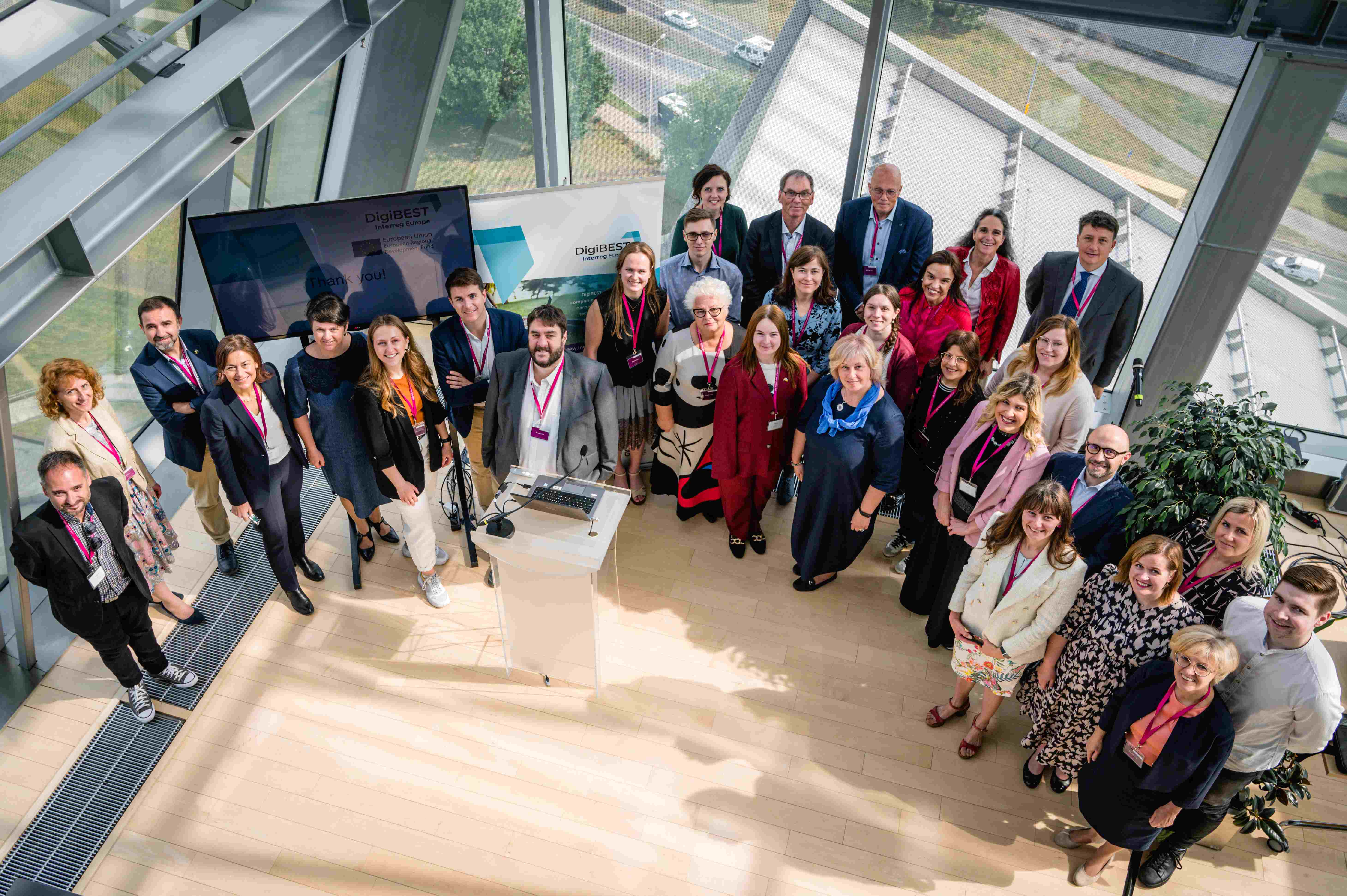
13 ways to support and promote SMEs' competitiveness
25th May all project partner countries together with their stakeholders gathered in Riga to the Final Conference of the project
DigiBEST is an interregional cooperation project for policy improvement of SME’s competitiveness promotion.
The overall objective of the project is to support and promote SMEs competitiveness through digital transformation of SMEs in rural European territories by proposing solutions to enhance their capacity to use advanced technologies and new innovative business approaches for promoting smart, sustainable and inclusive growth in Europe and its regions.
The project is co-financed by the European Regional Development Fund and Norwegian national funding through the INTERREG EUROPE programme. The project is in the partnership with seven partners from Latvia, Norway, Italy, Spain, Austria and Portugal.
€1,579,342.00
SME competitiveness
Digital transformation is a part of technological change that requires ongoing process of digitalisation. It has significant implications, particularly for improving business competitiveness and employment.
European businesses can build their strengths on advanced digital technologies and seize the range of opportunities that technologies such as the Internet of Things, Big Data, advanced manufacturing, robotics, 3D printing, blockchain technologies and artificial intelligence offer. Clearly, in a near future the digital transformation will foster economic growth and will become a key driver for employment.
One of the main problems is that many SMEs are not aware of the necessity to adapt to this huge ongoing process of digitatlisation and aren’t aware of existing possibilities. There seems to be a gap between the willingness to use highly digitalised product in private versus professional life. It is therefore crucial to inform SMEs about possible benefits, which digitalisation can bring and about the impact to almost all areas of a company that falling behind this process may bring.
The project’s role is to help European companies, especially SMEs, to acknowledge existing opportunities and possibilities for exploiting them to achieve tangible results, as well as to increase their competitiveness, which will result in improved overall economic development and employment.
The policy instrument (PI) tackles the Priority axes 3(TO3), priority “To improve competitiveness of SMEs”, which addresses SMEs and offers financial assistance with the aim to promote a business enhancing environment that is based on available data and integrated ICT solutions.
It is important for increasing SMEs competitiveness that enterprises use of digital tools and solutions. In addition, the main policy planning document of Latvia (LV) - Information Society Development Guidelines 2014-2020 (ISDG) provides action lines for digitalization setting important requirements for SMEs development. ISDG takes into account directions of transformation course for national economy, growth priorities and also specialization areas, which are defined within the RIS3 framework.
This is considered that the OP TO3, which supports the capacity of SMEs to engage in different markets and innovation processes, will have a positive impact on productivity of SMEs by facilitating innovation, knowledge transfer and ability of SMEs to engage in innovation processes.
According to the DESI 2018, LV has made a good progress in SME Digital technology integration, but there is still a room for improvement with respect to SMEs digital transformation processes. The policy instrument, therefore, needs to be optimised to ensure that SMEs can take a full advantage of available opportunities and financed interventions lead to durable impacts for the benefit of LV overall economic growth and employment.
Policy Instrument adresses the " Smart Societies" of “A value creating Trøndelag. Strategy for innovation and wealth creation in Trøndelag”. The Strategy is adopted on 2017. The policy document provides the strategy for increased sustainable value creation and international competitiveness of the Trøndelag County. It emphasises the priority of building a resource efficient society with increased exploitation of smart technology. The Strategy focuses on achieving high competence in both, the businesses and public sector, in order to increase the use of new, smart technology. For the regional companies this means to focus more on digitalization and automation for achieving more efficient production. It also means developing new business models and products. Thus, this is imperative for SMS to start using digital technology for innovation and product development. It can be achieved through increasing their digital competence and creating attractive co-operation environment for businesses and advisors/support system. The DigiBEST project will help Trøndelag to improve the policy for digital transformation of SMEs. The project will closely cooperate with stakeholders, including business gardens and incubators of the region. The policy should be further refined and developed taking into account the recent merger between the County Council of South and North Trøndelag into Trøndelag in the beginning of 2018.
As part of the EU strategy for smart, sustainable and inclusive growth, the Basilicata ERDF OP intervenes on the following TOs set out in Article 9 of Reg 1303/2013: TO1/TO2/TO3/TO4/ TO6/TO7/TO9/TO10. In particular, TO3 promotes the competitiveness of SMEs and the TO3A investment priority, being prearranged to promote entrepreneurship of an innovative nature, was chosen as it allows to pursue one fundamental purpose for the economy: strengthen the regional productive fabric by supporting the supply chains linked to the potential for development in the areas of greater production specialization (ICT, green economy and eco-innovation, automotive and precision mechanics). More in detail, the action 3A.3.5.1 foresees the introduction of new organizational or commercial production solutions, also using ICT applications and tools, in order to boost the competiveness of smes. But also the TO2A priority - Improving access to ICT through the dissemination of the broadband connection, high-speed networks and supporting the adoption of emerging networks and technologies in the digital economy - in line with the provisions of the European Digital Agenda, aims to promote innovation, economic growth and progress through the creation of an advanced, widespread and pervasive digital infrastructure for the productive areas of Basilicata. The improvement of the instrument will be ensured through an articulated system of interventions: granting of direct incentives, services, microfinance.
County Council of Granada has been developing the Plan for the development of the local productive activity (PDLPA) for more than ten years in a process of cooperation and collaboration with stakeholders. The PDLPA is fully consolidated with other policy documents and is an important instrument of the County Council of Granada to improve the demand for technical and technological assistance for the creation and consolidation of SMEs.
Work packages of tne PDLPA include:
a) Support the SME’s innovation and competitiveness (including digital transformation)
b) Design, construction and management of local SME incubators.
c) Support for the association representatives of local strategic sectors.
In the Province of Granada, Information and Communication Technologies (ICT) have proven to be a useful and efficient tool for economic growth, creating employment and improving the quality of life for society. However, in order to continue maximizing the advantages offered by ICT and to promote the Knowledge Society, the PDLPA must renew and adapt its strategy to new upcoming challenges. Some of these immediate challenges include, foremost, the contribution of ICT to economic recovery and job creation. In this sense, ICT, as a transversal strategic element, must impregnate each productive sector of the provincial economy.
The goal: to provoke a structural change in SMEs through high-quality, innovative and target group oriented offers. This will have positive effects on the productivity and profitability of organizations and will furthermore secure employment. The measure addressed (No.9): Support for growth in companies, where the focus is put on operational investments in connection with growth phases of SMEs.
The objective: to support companies in growing and adopting new technologies through: 1) Acquisition of new technologies for production and services; 2) expansive projects in the field of production and production-related services; 3) investments for new businesses or structure-improving business relocations; 4) investments for the production of new products and services. There shall be some significant improvements in the quality of operational services, embedded in innovative approaches.
Austria has developed a digital roadmap, which presents around 150 specific measures in twelve fields of action in order to ensure that Austria can optimally exploit the potential of digitalization. One of the 12 guiding principles is for Austria to become one of the world’s leading digital business locations. To this end, it is important to provide support to businesses for their digital transformation.
The main objective of SI2E is to promote entrepreneurship and job creation. In the Northern Region of Portugal, it is implemented with funds from NORTE 2020, through the ERDF and the ESF, and managed by Local Action Groups, Intermunicipal Communities and the Metropolitan Area of Porto.
Based on the logic of stimulating small businesses in low-density areas or territories with high unemployment, SI2E allows application to European Union funds for the creation of micro and small enterprises or the expansion / modernization of micro and small enterprises.
The main beneficiaries are micro and small enterprises, including entities engaged in a craft or other activity on an individual or family basis, societies of persons or associations that regularly carry out economic activity. Applications, to be eligible, must demonstrate their contribution to the pursuit of the specific investment priorities.
This policy instrument must be improved because a number of small/micro business organizations applications requesting digital transformation is comparatively small, almost insignificant, which means that these companies have specific requirements and should be targeted by using a different approach. Moreover, the boost of SMEs competitiveness through the digital transformation should be improved by proposing the right criteria for the policy instrument and creating more suitable application conditions for SMEs.

25th May all project partner countries together with their stakeholders gathered in Riga to the Final Conference of the project
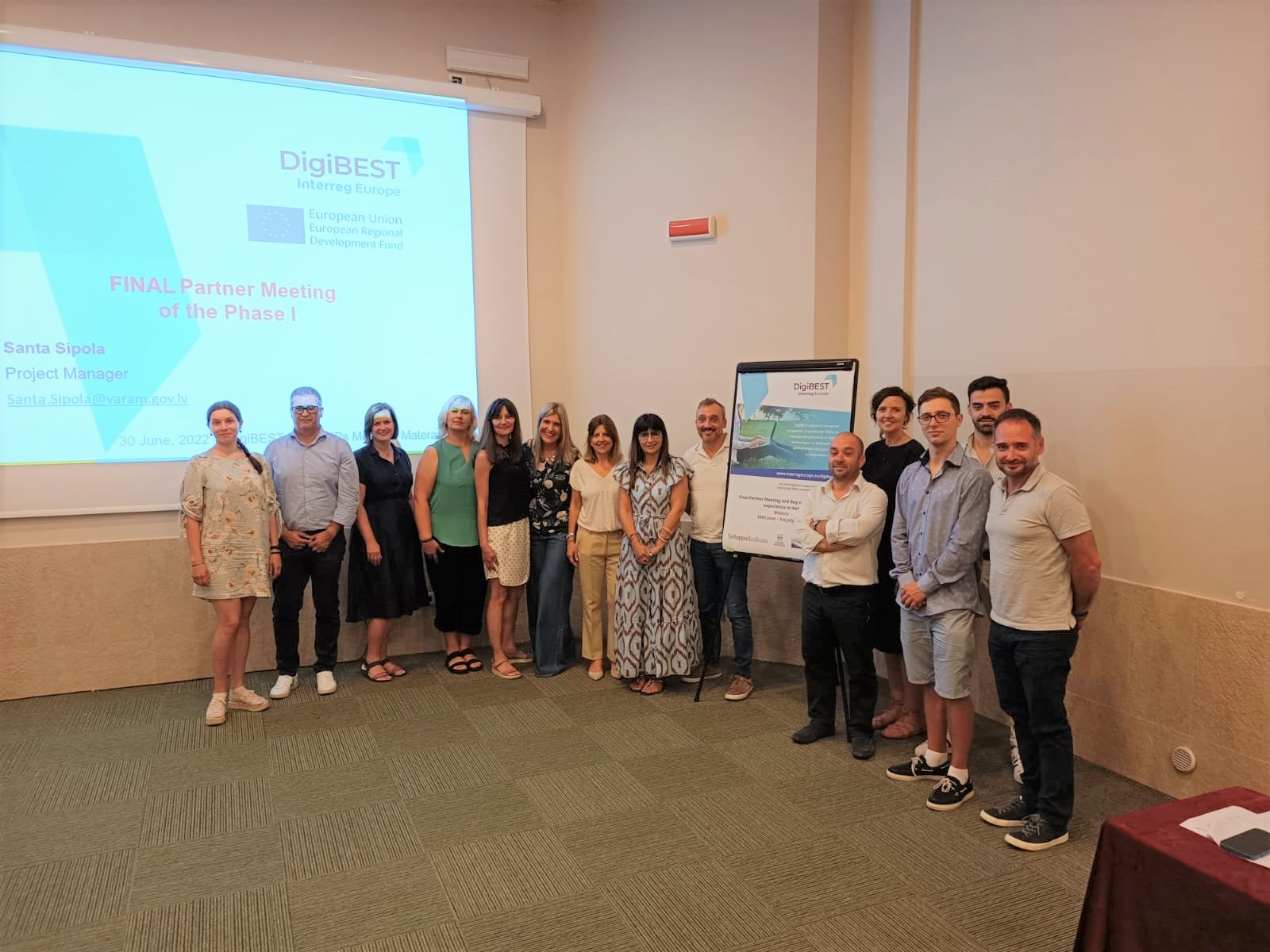
After 3 years of continues work in July the Phase 1of the DigiBEST project has ended.
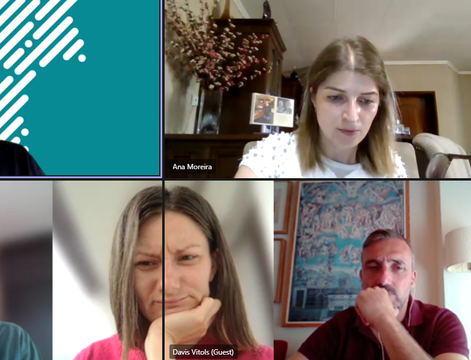
The role of appropriate environment and tools in digital transformation: Norway shares good practices and cases in frame of the DigiBEST project 4th Study Visit
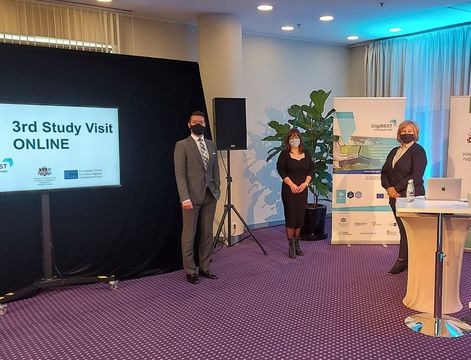
Digital transformation - support for SMEs development: Latvia shares examples with other countries.
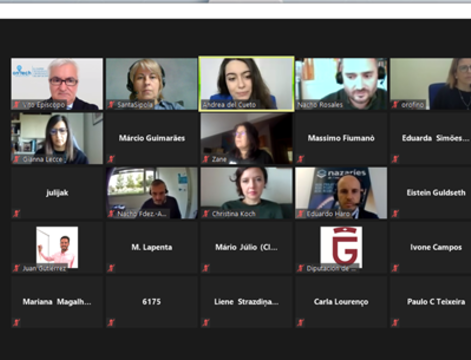
The 2nd Study visit online, hosted by DigiBEST project partner - County Council of Granada (Spain), was held November 24 – 25, 2020.

Invitation to participate in a study visit of experiences on digitization issues in the Granada region
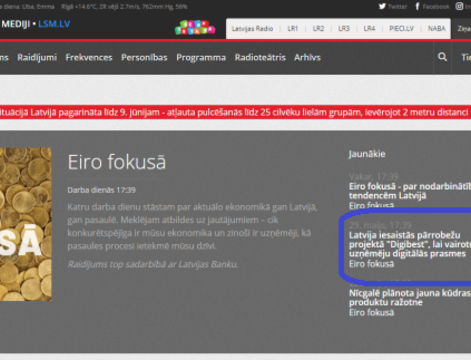
Latvian National Radio broadcasts news on the project DigiBEST and discussion on how to increase digital skill of entrepreneurs

DigiBEST launches a survey to assess SMEs current status of digital transformation

Austria holds its first DigiBEST Stakeholder Group Meeting
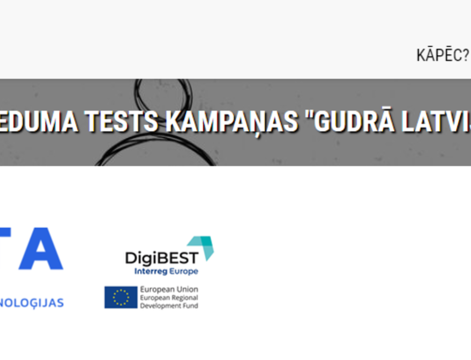
DigiBEST in Latvia supports the Digital Maturity Test that is design to help executives to assess their company’s digital maturity in a simple way.